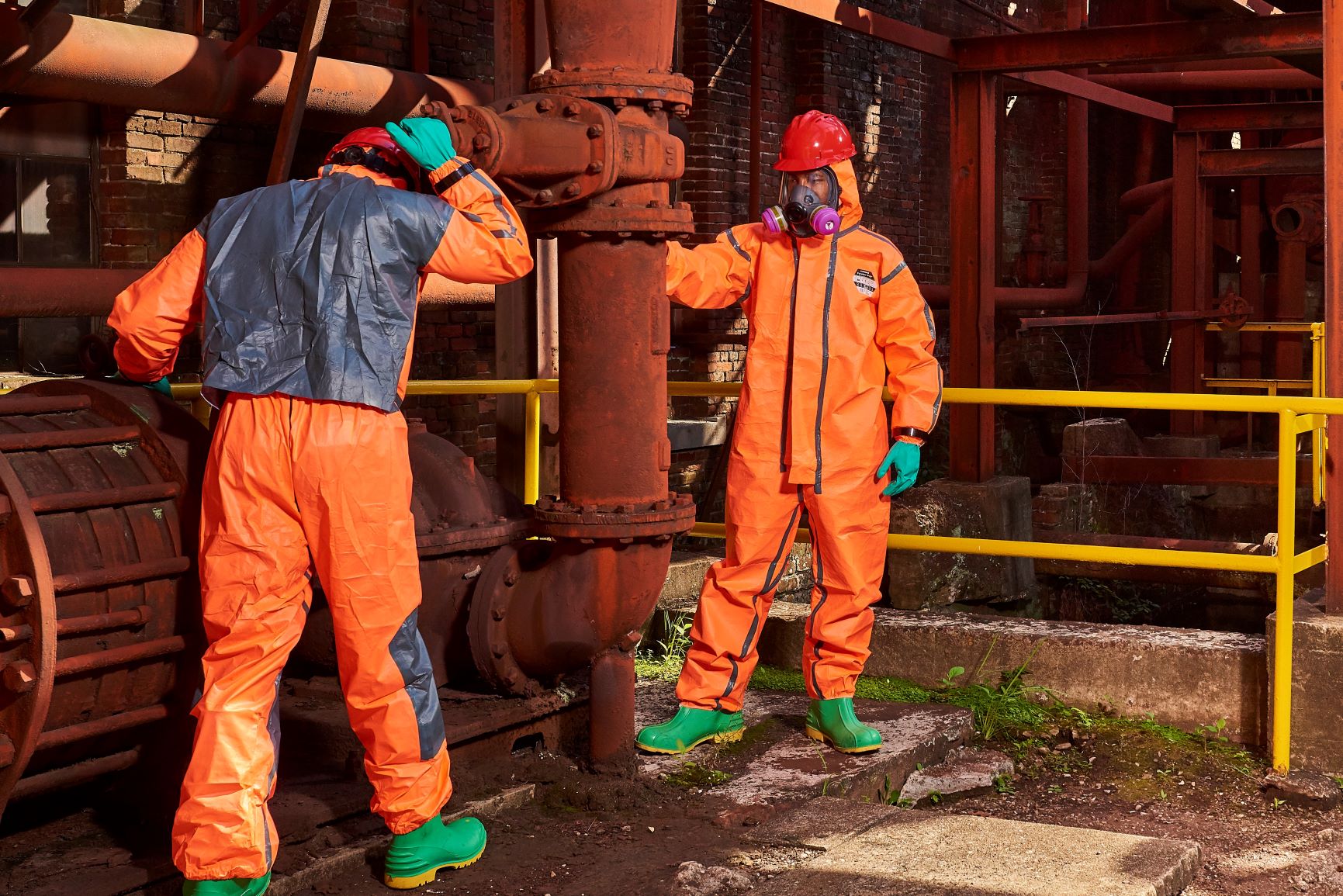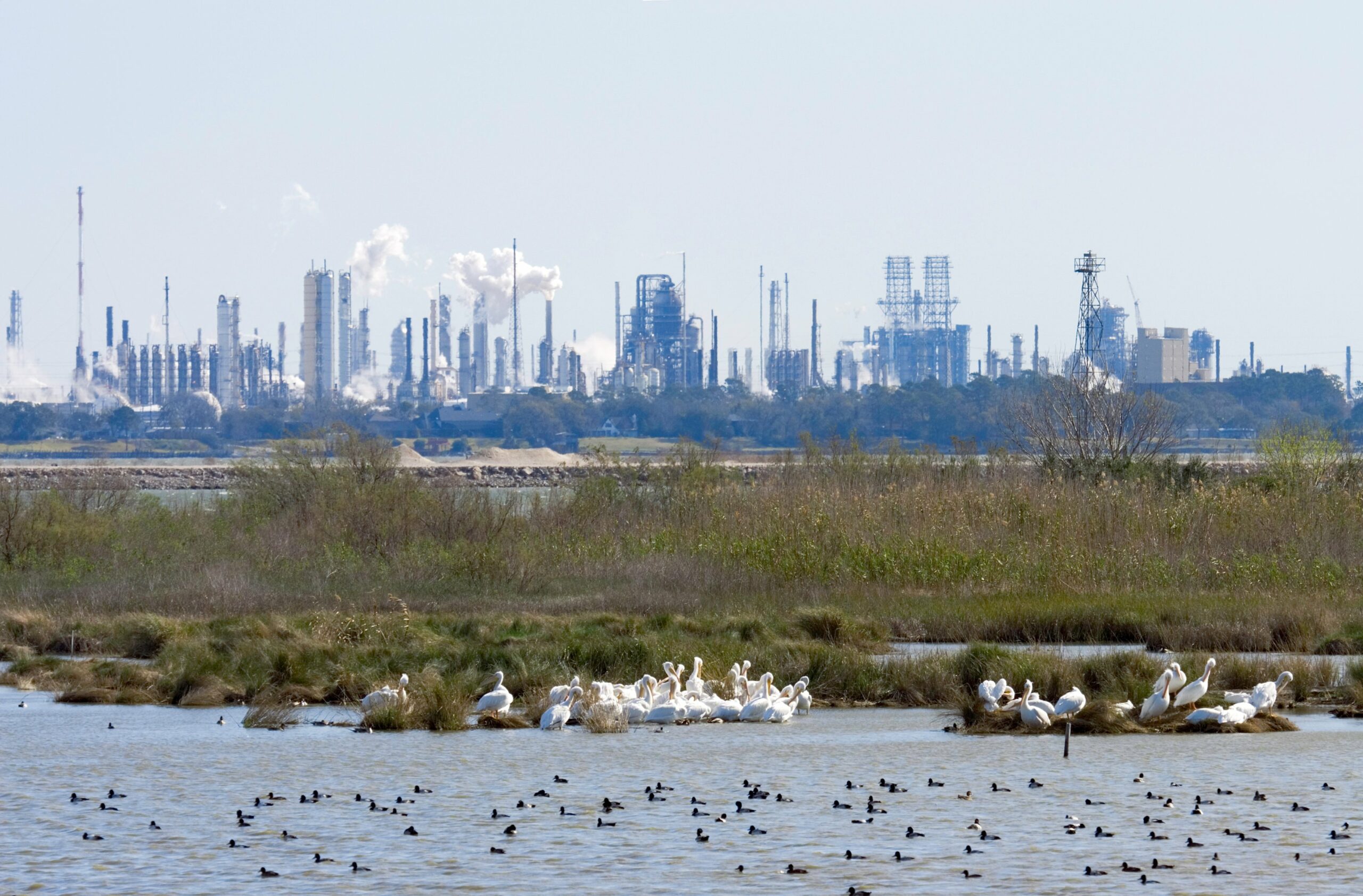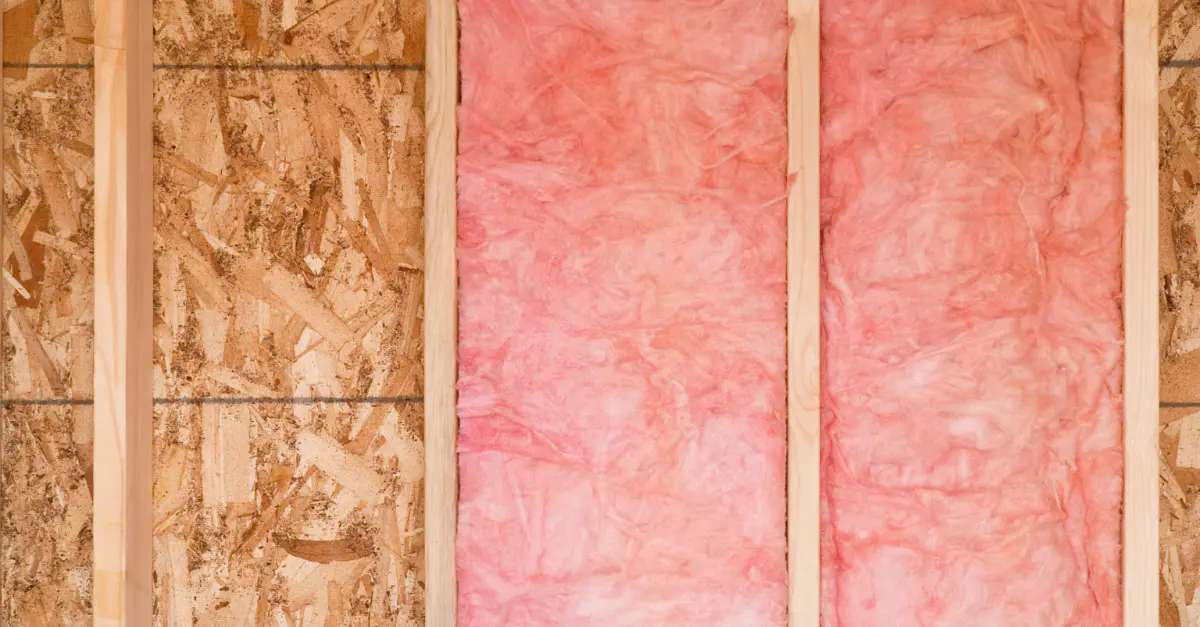Lakeland’s MicroMax® NS Global coveralls are a leap forward for world-wide protection. Setting a new standard for global disposable protective clothing, Lakeland global pattern coveralls have been specifically designed to meet all regional needs and, in the absence of US standards for this type of PPE, are certified to European EN standards.
In general terms, buying certified PPE rather than non-certified PPE (regardless of the standards you choose) makes sense. Standards ensure PPE achieves minimum performance requirements, providing users with the confidence that it will do the job of protection it should.
What does this mean with for the new Lakeland global pattern coveralls? What minimum requirements do they define, and what testing is required?
Most of all, what does it mean for you and your business?
What standards are available for disposable and chemical protective clothing around the world?
For many types of PPE, there are very good standards in both the USA and Europe. Disposable and chemical protective clothing, however, are not governed by any regulations akin to CE certifications.
OSHA provides four “protection levels” for chemical protection, but these amount to guidance for the type of PPE ensemble needed. They require no testing of products and define no minimum performance requirements. This means that current users of disposable clothing in the USA may be purchasing products that have not been subjected to any testing or assessment. Literally, there is no independent proof of whether it works or not!
Meanwhile, across the Atlantic, the European Union has established a wide range of PPE standards, including several for disposable coveralls and chemical suits.
Lakeland’s new MicroMax® NS Global coveralls are certified to Types 5 (protection against hazardous dusts) and Type 6 (protection against light, aerosol sprays of liquids). These are roughly equivalent to Level C suits in the OSHA protection guidance. You can read about these in more detail, including how they compare with OSHA protection levels, in our blog here.
Other Requirements of CE certification
In addition to specific testing to ensure conformance to minimum performance standards, there are requirements manufacturers must fulfill before their PPE can be certified:
- Production of the PPE must be conducted in a factory that operates an approved quality control system, with annual CE audits and certification, to ensure the product specification and quality is maintained over time and remains the same as the tested PPE.
- There are specific labelling requirements with the use of defined pictograms to indicate the standards to which the PPE is certified.
- User instructions with each item must include any advice, guidance, or limitations of use indicated by the standard.
- The manufacturer must maintain a technical file containing all relevant specifications and test reports.
- The product, testing, and technical file must be audited and approved by an independent “Notified Body” – an organization authorized by an EU member government to assess and issue certificates against the PPE.
Following this process, the Notified Body will issue an official certificate for the product, and the manufacturer must publish a “Declaration of Conformity” (DOC), a legal confirmation that the product meets the requirements of the specified standards.
Finally, certificates have a shelf life of five years. Within this time, PPE must be re-certified to any latest version of the standard.
How Can CE Certified PPE Benefit Your Business?
The process of CE certification is detailed and exacting, with a series of tests to assess a range of properties of the garment and the fabric and components it is made from, as well as an assurance that it is manufactured under quality control procedures that ensure its specification and quality is maintained.
All this, especially given that there are no standards in the USA for this type of PPE, means that using Lakeland MicroMax NS® Global coveralls offer the assurance of minimum performance standards. You know they have undergone extensive testing to prove it and are manufactured under rigorous procedures to ensure high quality is maintained.
Remember, using non-certified PPE means you simply do not know if it will protect or not, which could result in liability for your business following an accident resulting from inadequate, non-certified protective clothing – investigations, lawsuits, and even criminal proceedings against senior executives.
And, as a safety manager charged with protecting your workforce from hazards, you can rest easy, knowing your PPE will do the job of protection it should.



